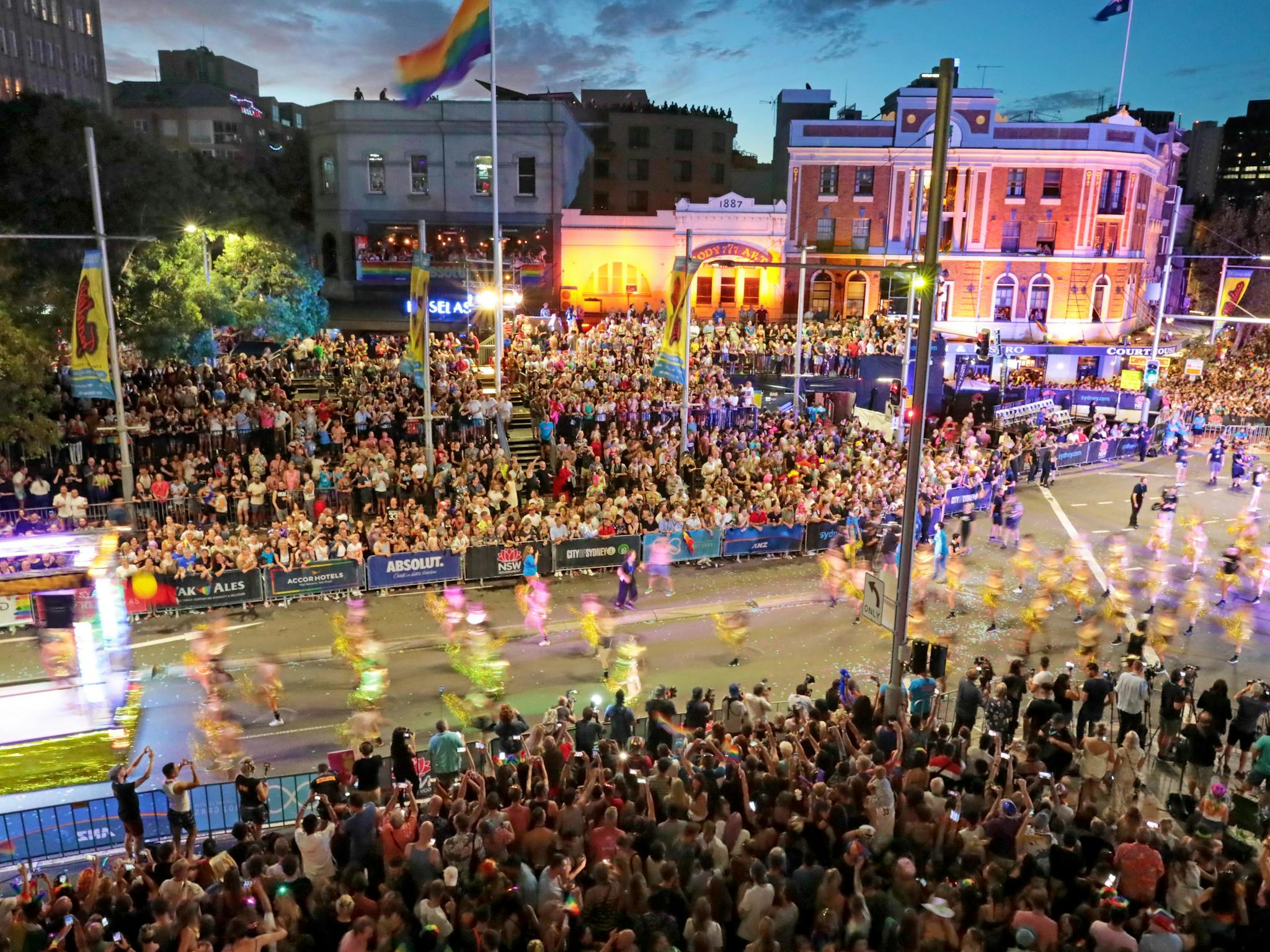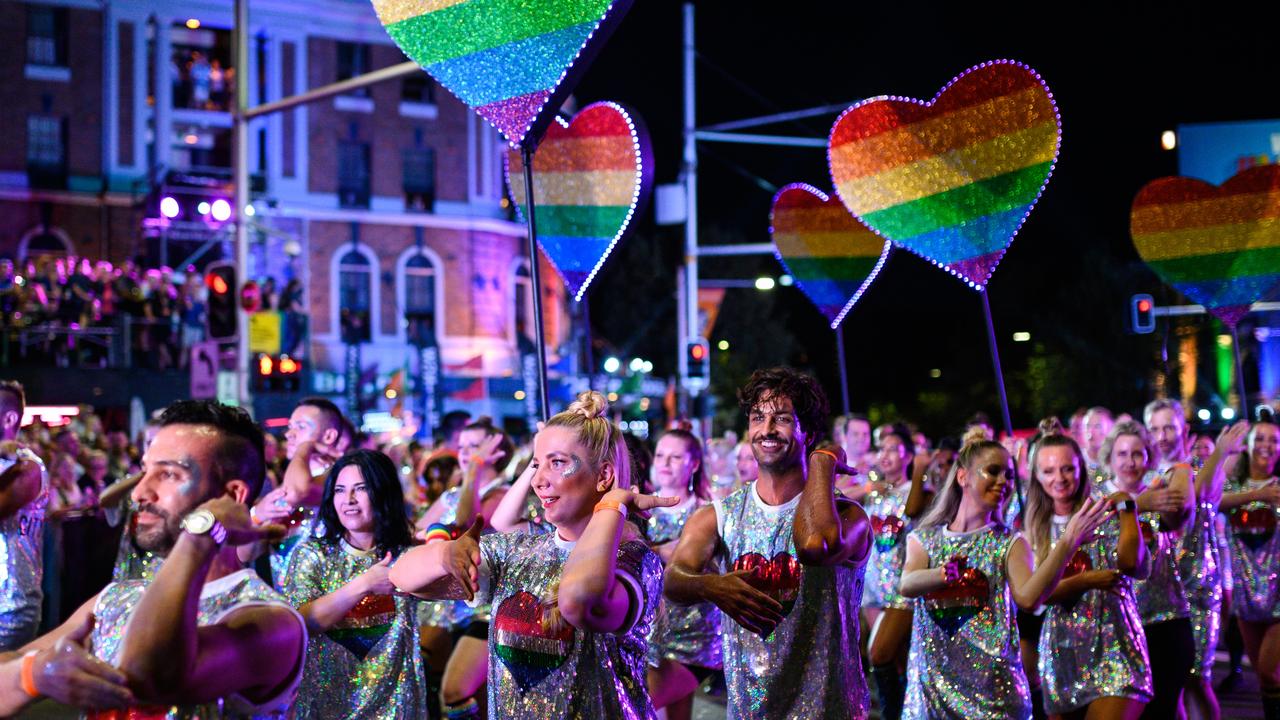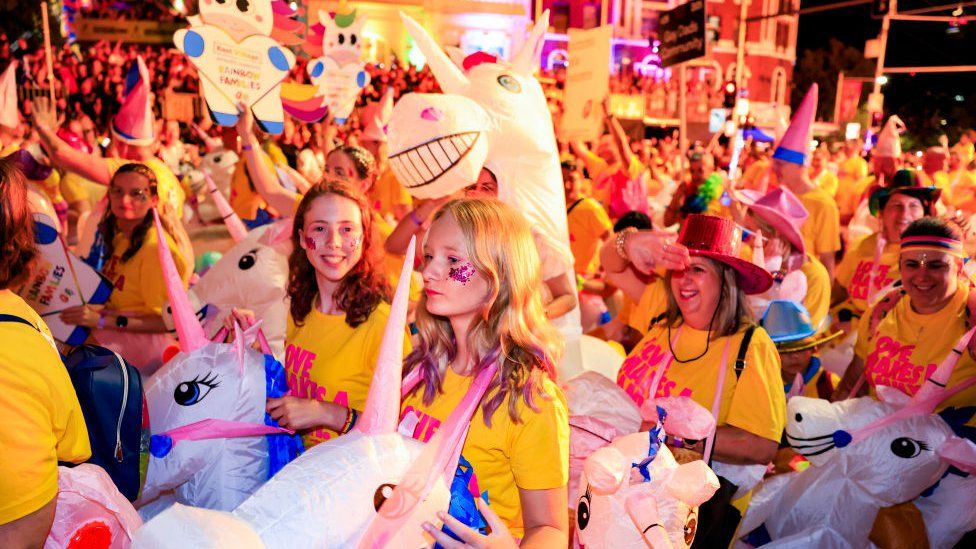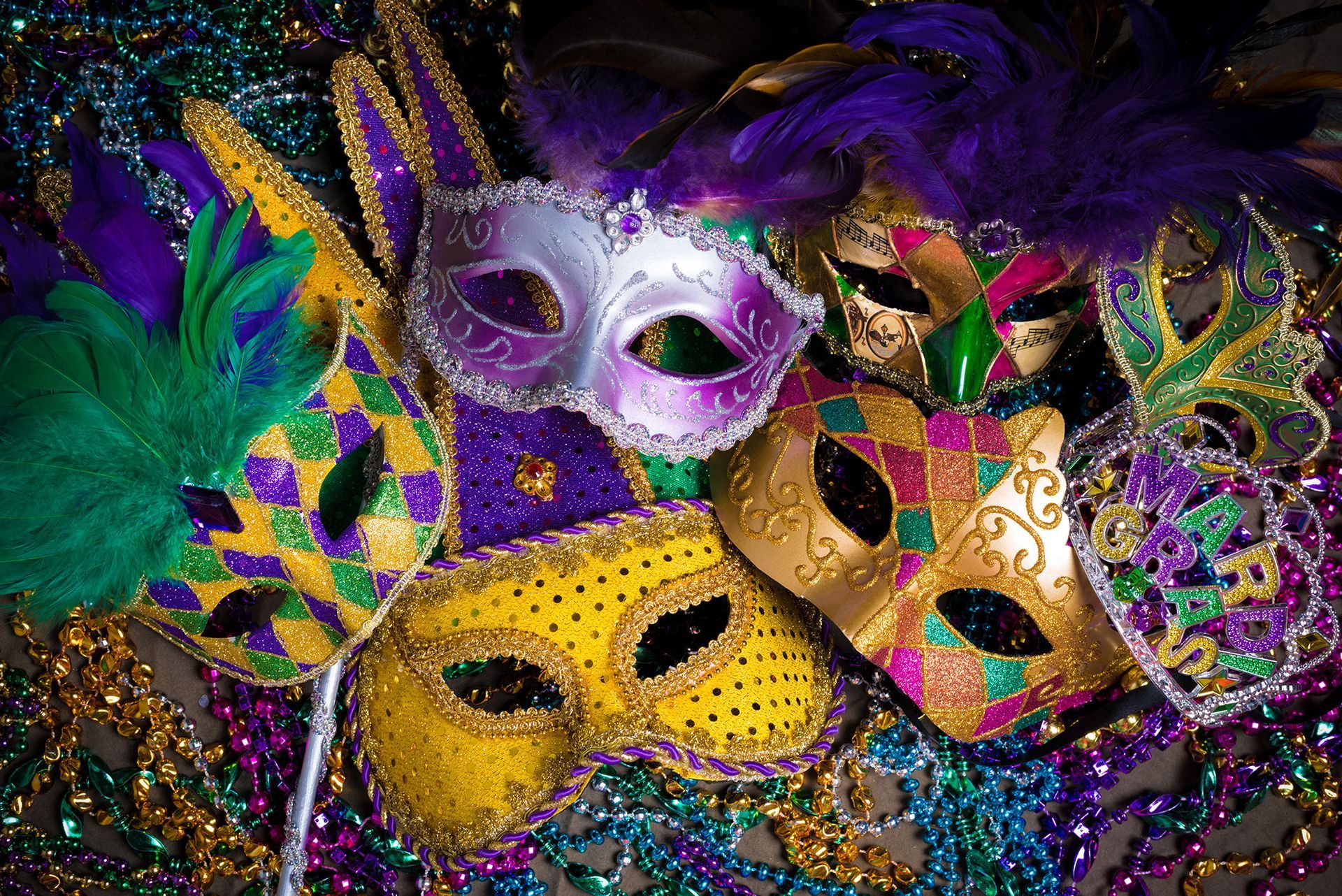Gallery
Photos from events, contest for the best costume, videos from master classes.
 |  |
 |  |
 |  |
 |  |
 |  |
 |  |
As such that first Mardi Gras march was a major civil rights milestone beyond the gay community. Up to 3,000 people marched in an incident-free parade in 1979. In 1980 a key new element was introduced – the post-parade party. The face of the modern Mardi Gras we know today was taking shape. The Australian Queer Archives, City of Sydney Archives, Pride History Group, [citation needed] and the State Library of New South Wales hold an extensive collections of material related to the Sydney Gay and Lesbian Mardi Gras, including oral history interviews, organisational records, personal papers, posters, clippings, and photographs. Robert Swieca, Judith O’Callaghan and Glynis Jones, Absolutely Mardi Gras: Costume and Design of the Sydney Gay and Lesbian Mardi Gras, Powerhouse Publishing, Sydney, 1996. Graham Willett, Living out Loud: A History of Gay and Lesbian Activism in Australia, Allen & Unwin, 2000. Richard Wherrett (ed.), Mardi Gras! Why is Mardi Gras celebrated in Australia? First things first: Mardi Gras holds no association with the New Orleans Mardi Gras, which has religious origins relating to the beginning of Lent. That The 2016 Mardi Gras proved one of the biggest ever, with 12,500 parade participants and 300,000 onlookers. It also marked a milestone moment in Mardi Gras history. In the weeks leading up to it, the State Parliament, Police and Fairfax Media gave the 78’ers apologies they had been waiting 38 years to hear. The first Mardi Gras was a breakthrough in Australian civil rights history. Around 3,000 people marched in a peaceful parade the following year and the scene was set for the celebration we know and love today. NSW authorities apologised to LGBTIQA+ communities in 2016 for the harm caused. What began one night in June, 1978, with a large crowd of partygoers ended in fear, arrests and brutal violence. This is an immersive 3D retelling of Australia's first Mardi Gras. What happened at the first gay Australian Mardi Gras? In June 1978 the 9th anniversary of the Stonewall riots, the newly-formed Gay Solidarity Group organised a daytime march and an evening parade in Sydney. This was the first Australian gay and lesbian Mardi Gras parade. The parade moved down Oxford Street, but at Hyde Park police blocked In 1994 ‘Lucille Balls’ won first prize for the Sydney Gay and Lesbian Mardi Gras costume award. History of LGBTQIA+ politics. In 2018 Mardi Gras marked its 40th anniversary. To commemorate the milestone, the Museum hosted a thought-provoking discussion on LGBTQIA+ politics in Australia. Australia's bicentennial year. An Aboriginal float leads the Parade with a gay Indigenous man dressed as Captain Cook. 60 floats participate while a crowd of 20,000 look on. The Sydney Gay Mardi Gras Association's name changes to Sydney Gay & Lesbian Mardi Gras Association. Mardi Gras is a Christian holiday and popular cultural phenomenon that dates back thousands of years to pagan spring and fertility rites. Also known as Carnival or Carnaval, it’s celebrated in The two flights bore special flight numbers marking important milestones in Australia’s LGBTQIA+ history: VA1978 from Melbourne highlighted Australia’s first Mardi Gras parade in 1978, while The History of New Orleans Mardi Gras . Although the date of the first organized celebration of Mardi Gras in New Orleans is debatable, the 1730 account of one Marc-Antoine Caillot (a young clerk sent to Louisiana by the French Company of the Indies) mentions a celebration with music and dance, mask-wearing and costumes—including cross-dressing. Today, Mardi Gras is celebrated in many different parts of the world, each with its unique flavor and style. While the modern-day Mardi Gras celebrations may differ from their ancient predecessors, the spirit of the holiday remains the same. Mardi Gras is a time to let loose, enjoy life, and revel in the joys of community and camaraderie. Big Chief Demond Melancon hand beading a part of his Mardi Gras Indian suit. (C)2019 GILES CLEMENT/DEMOND MELANCON. In 2008, after Hurricane Katrina’s devastation, Melancon returned to masking. Mardi Gras is a festive day celebrated in France on Shrove Tuesday (the Tuesday before Ash Wednesday), which marks the close of the pre-Lenten season. The French name Mardi Gras means Fat Tuesday, from the custom of using all the fats in the home before Lent. Sydney Mardi Gras Packages. 3 Night Mardi Gras Package; 4 Night Mardi Gras Package; 7 Night Mardi Gras Package; Experience Sydney; Photo Galleries; Get involved. Ways to Contribute; Volunteers; Artists and Producers; Work with Us; Support Networks; Our Partners; Become a Partner; Become a Member; About Us. Who we are. History; Strategic Plan Mardi Gras (UK: / ˌ m ɑːr d i ˈ ɡ r ɑː /, US: / ˈ m ɑːr d i ɡ r ɑː /; [1] [2] also known as Shrove Tuesday) is the final day of Carnival (also known as Shrovetide or Fastelavn); it thus falls on the day before the beginning of Lent on Ash Wednesday. [3] The origins of Mardi Gras date back even further to medieval Europe and it celebrates the period before Lent, the 40 days leading up to Easter when many people fast. Some historians theorize that As Sydney counts down for Australia’s biggest annual pride celebration - the 2025 Sydney Gay and Lesbian Mardi Gras Festival - ACON is reminding everyone to prioritise health and safety during the celebrations. “Mardi Gras is all about celebrating who we are as a community and having a great time doing it,” said ACON CEO
Articles and news, personal stories, interviews with experts.
Photos from events, contest for the best costume, videos from master classes.
 |  |
 |  |
 |  |
 |  |
 |  |
 |  |